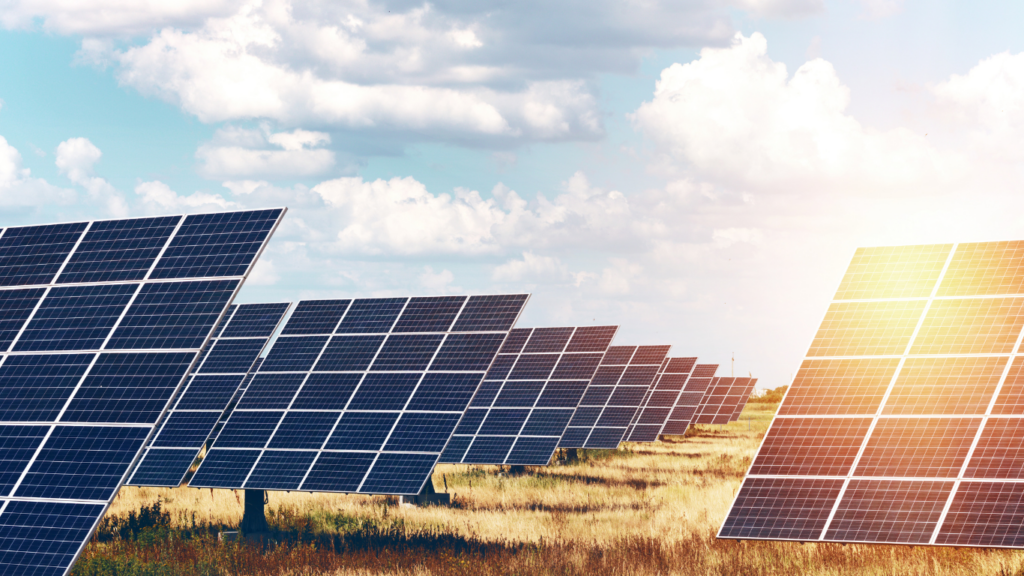Taking Step towards the sustainable development, Himachal Pradesh has committed to becoming a Green Energy State by March 31, 2026. This initiative align with the India’s broader environmental commitments and positions the state at forefront of nation’s green energy transition. Through strategic plans and initiatives, state aims towards reducing the reliance on conventional energy, promote eco-friendly growth and contribute towards Green India. In this article we will discuss about the strategies, project, and impact of Himachal Pradesh Green Energy Initiatives towards the green energy transformation.
Kalka- Shimla Railway Green Hydrogen Initiatives:
Best key initiative by government of Himachal Pradesh is conversion of the iconic Kalka- Shimla railway to green hydrogen fuel. Kalka Shimla Railway recognised by the UNESCO World Heritage Site, this is symbol of Himachal’s heritage and major tourist attraction. Recently the Chief Minister of Himachal Pradesh Sukhvinder singh Sukhu has proposed a letter to Union Minister Ashwini Vaishnaw. For transforming the railway line into green hydrogen-powered route. This is a bold move towards reducing the environmental footprint of the railways. While preserving the heritage site while advancing the state’s journey towards becoming the Green State.
The adoption of the Green Hydrogen fuel in the Shimla-Kalka Railways would not only lower the emission in the environment. But will also attract the tourists, enhancing the railway’s role as both an environment and economic asset.
Six-Pillar Strategy for Renewable Himachal Pradesh Green Energy Initiatives:
To accomplish Green energy goals, Himachal Pradesh has developed a comprehensive six-pillar strategy to achive the status of Green state. The Strategy aims to reduce dependence on thermal power, increase renewable energy consumption. To achieve 90% renewable energy integration in the state’s power distribution. The key Components of this six pillar strategy are:
- Hydropower Expansions: Leveraging the mountainous terrains, Himachal Pradesh has consistently invested towards the hydropower generation. Positioning it as a cornerstone of the state’ green energy portfolio.
- Solar Power Generation: The state has ambitious plans to increase solar power generation by 2000MW in the next 4-5 years. Over past 2 years, solar generation has doubled, showcasing the government’s strong commitments towards the green state initiatives.
- Wind Energy Exploration: Although the wind energy generation is still in the early stages of development. The state is assessing the feasibility of the wind power generation to further diversify the green energy generation.

This initiatives will enable Himachal Pradesh to replace the existing 1500 Million Units of thermal energy consumption with renewable energy. Ensuring a sustainable and resilient energy future.
Major Renewable Himachal Pradesh Green Energy Initiatives:
Beyond the hydropower projects and wind projects, Himachal Pradesh has launched the several innovative programs. To integrate renewable energy across various sector to promote Green Energy in the State:
- Green Panchayat Programs- This initiative allows village councils to establish 500kW grid-connected, ground mounted solar plants. Revenue from the solar plants sales can be utilized for community development, empowering local governance in green energy transformation of the state.
- Green Hydrogen Production Plant: The State is collaborating with Oil India Limited to establish the first green hydrogen production unit in Himachal Pradesh. Meetings with the Private investors are also undergoing to expand green hydrogen infrastructure, further reinforcing Himachal’s Leadership in alternative fuels.
- Transition from fossil fuels to renewable energies- By systematically replacing thermal energy with the renewable sources. The state is laying the foundation for the sustainable power distribution network. This transformation will improve the environmental condition and recover the environmental damage.
Electric Vehicles(EVs) and Green Highway Corridors:
As a part of its sustainable mobility push, Himachal Pradesh is actively promoting electric vehicles (EV). Foer personal as well as adoption in the public transportation. The state plans to replace 1500 buses from the State Transport Coorporation’s fleet with the electric buses over period of next 3 years. This EV push will reduce emissions from the transport sector, align with the state’s climate goals, and improve air quality.
Read more about Himachal Pradesh Handicraft and Handloom Development Schemes
In addition, the state is developing the six Major National Highways as a green corridor for the electric vehicles equipped with the charging infrastructure to support the growth of EVs across the state.
Economic and Environmental Benefits:
Himachal Pradesh’s green initiative can provide us substantial economic advantages along with the environmental benefits. The introduction of “Eco Mark” certification for local industries will incentivize sustainable practices.
Himachal Pradesh is on the way to ensuring 90% of the state’s renewable clean energy integration by 2026, to show other states in the region that significant contributions to the global climate challenge are also possible.
Challenges and Considerations
Even with the rise in ambition, Himachal Pradesh is confronted with a number of challenges while implementing the objectives of green energy. In reality, the renewable energy infrastructure for electric vehicle (EV) charging stations, solar farms, and green hydrogen plants needs not only the heavy capital investment but also strategic funding and long-term planning enduringly.
Moreover, the state’s delicate eco-networks remain a major point of concern at the same time as large-scale renewable energy projects are implemented. The total realization and the community directly participating will also be key to the staying power and success of the program.
The Green Energy State plan of Himachal Pradesh is a comprehensive strategy to blend the expansion of renewable energy, sustainable mobility, and economic progress. The use of hydropower, the surge of solar energy production, the adoption of green hydrogen, as well as the electrification of transportation, are the steps that the state is taking to prove the potential of renewable energy utilization in India.